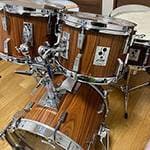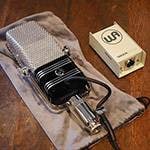Hello, this is Conservario.
When it comes to playing the ukulele, there are many important things to consider, but there are three that you should always be conscious of:
How to play? How to extend the sound? How to stop the sound?
Whenever you play a song or a phrase, always keep these three things in mind.
Let’s go through them in detail.
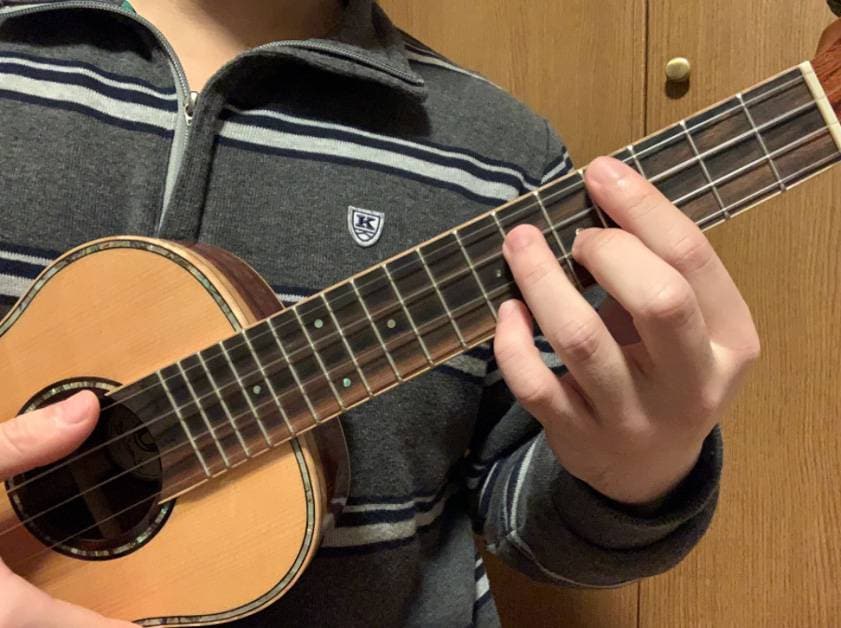
■ How to Play?
Let’s say you’re playing a chord with your thumb.
Are you playing each note individually, one by one, with a plunk? Or are you strumming sharply, like “shaan”? Or perhaps slowly playing an arpeggio, like “pom pom pom pom”?
There are many ways to play.
The strength of the strum, the angle of your fingers, and the speed all affect the sound.
You may not always think about these things in detail, but the difference between a professional and an amateur shows in these subtle details.
When you first started playing the ukulele, you were probably just happy if you could get the chords to sound or play a melody somewhat correctly.
But that was only your very first step.
If you aim to level up, you need to pay attention to even the smallest details.
As I’ll repeat throughout this article, the act of playing music involves:
“Produce the sound → Extend the sound → Stop the sound”
Only when you do all three of these is the sound truly performed.
None of these steps should be neglected, and they are all equally important.
Let’s think deeper about the first step: how to produce the sound.
At first, I recommend copying someone else’s playing.
Practice so that your sound and tone match theirs.
Beyond copying or covering, there’s something called ‘perfect imitation.’
This means aiming to play exactly like the original performer.
It’s very difficult, but it’s worth the challenge, so please give it a try.
Next, let’s think about how to extend the sound.
■ How to Extend the Sound?
Once the sound is produced, it will naturally begin to fade, so the next thing to think about is how to extend it.
The ukulele has the loudest sound at the initial attack (the moment you pluck the string).
In contrast to instruments like the violin, where you can gradually increase volume, this isn’t possible with the ukulele.
Therefore, you only need to focus on how to extend the decaying sound.
How long should you extend the sound? Will you add vibrato? Or not?
For more on how to apply vibrato, check out this article:
→[Enjoy the Ukulele Even More!] How to Apply Vibrato
To be honest, the ukulele doesn’t have a long sustain (sound length).
The sound decays fairly quickly.
The thicker and longer the string, the longer the sustain.
Try plucking the 3rd string and 1st string individually.
You’ll notice the 3rd string’s sound lasts longer.
Guitars, for example, have longer and thicker strings, so they have a longer sustain.
You can also use an effect pedal to extend the sound, but it’s not commonly used with the ukulele.
Many people tend to think, “Since the sound fades quickly anyway, it’s okay to just play carelessly.”
With this mindset, you can’t produce a good performance.
Think of it this way:
“Even if the sound lasts only for a second, I will think about how to extend it.”
Once the sound is produced, always think about how to extend it and how to transition smoothly to the next note.
If you keep playing without considering the extension, you won’t have the time to really listen to the sound’s duration. So, focus on hearing the sound you’ve played.
Finally, let’s think about how to stop the sound.
■ How to Stop the Sound?
We’ve covered how to produce and extend the sound, and now we come to the most important part: how to stop the sound.
This action is often neglected, but it is crucial.
Many people don’t pay enough attention to it, but once you stop the sound, your performance is truly complete.
Playing → Extending → Stopping: this is the complete performance.
The reason many people don’t focus on the stopping process is due to the unique characteristic of the ukulele.
When you play it, the sound will continue on its own.
Now, let’s think of other instruments.
Let’s compare this to instruments like singing or playing the flute.
These instruments don’t naturally sustain the sound on their own.
You need to be aware of the timing to stop and take a breath.
However, with the ukulele, as long as you keep playing, the sound won’t naturally stop, so it’s easy to neglect the stopping process.
By thinking carefully about where and how to stop the sound, you can significantly improve the quality of your performance.
Please make sure to focus on the stopping process.
■ Conclusion
Playing → Extending → Stopping
Did you understand the importance of these three key aspects?
Whether you’re playing chords or melodies, always be conscious of these three steps. Eventually, you’ll be able to play without thinking about them consciously.
Once you reach that point, you’ve significantly leveled up.
Even advanced players often neglect one of these aspects.
Make sure to be aware of them from the beginner stage.
In my column, I share knowledge and practice methods related to ukulele playing.
If you’re interested, feel free to check out the back issues.
Thank you for reading until the end.
The “sound & person” column is made up of contributions from you.
For details about contributing, click here.






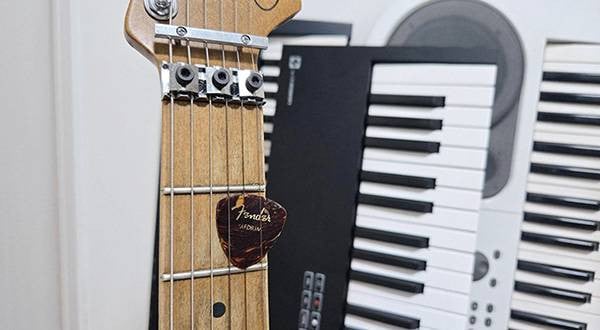
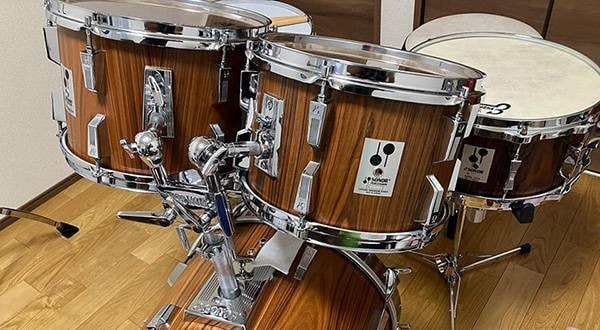
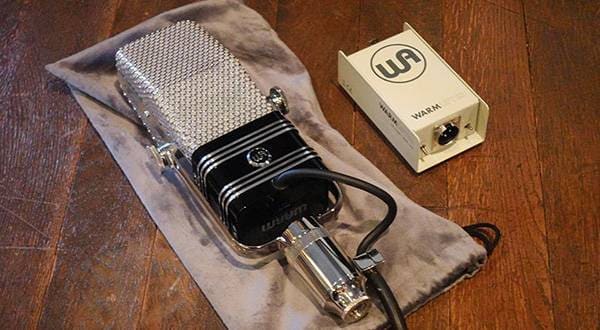
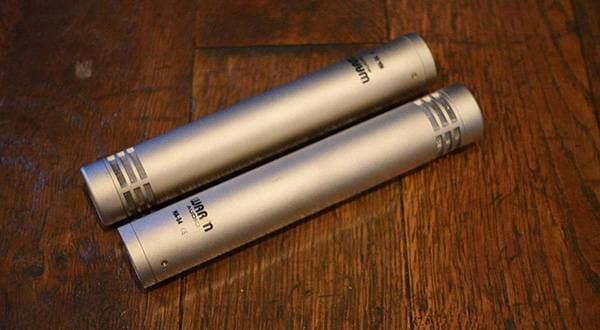

![[Enjoy the Ukulele Even More!] Ukulele Condition Check You Should Do](/contents/uploads/thumbs/5/2022/2/20220214_5_16699_1.jpg)
![[Enjoy the Ukulele Even More!] Basic Knowledge Before You Start Playing](/contents/uploads/thumbs/5/2022/2/20220214_5_16700_1.jpg)
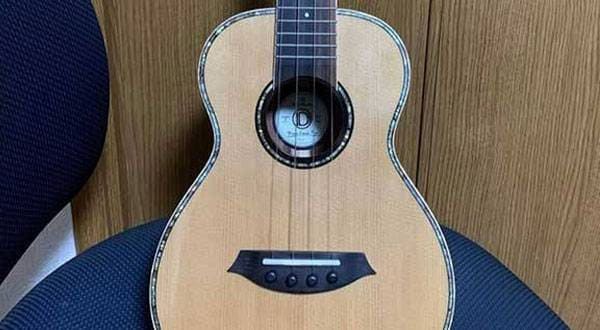
![[Enjoy the Ukulele Even More!] For Those Who Don’t Have Time to Practice](/contents/uploads/thumbs/5/2022/2/20220210_5_16650_1.jpg)
![[Enjoy the Ukulele Even More!] Practice that You Can Do Even Without Your Ukulele](/contents/uploads/thumbs/5/2022/1/20220131_5_16448_1.jpg)
![[Enjoy the Ukulele Even More!] How to Apply Vibrato](/contents/uploads/thumbs/5/2022/1/20220131_5_16451_1.jpg)
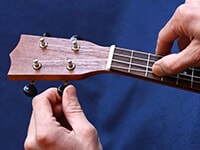 ウクレレのチューニング方法
ウクレレのチューニング方法
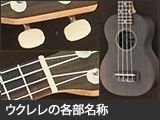 ウクレレの各部名称
ウクレレの各部名称
 ウクレレの種類
ウクレレの種類
 ウクレレスタートガイド
ウクレレスタートガイド
 めちゃラク!ギター講座
めちゃラク!ギター講座
 ウクレレ初心者講座
ウクレレ初心者講座

